ARTICLE AD BOX
The average cost of a new set of eight uPVC windows for an average three-bedroom home in the UK is currently about £4,500, according to research by The Independent.
This number depends heavily on the style, materials, colours and glazing type of your windows, together with how many you need and where you are in the country.
Most buyers opt for white uPVC, which is a type of plastic. It does not rust or rot, an advantage over wood, and it is cheaper than aluminium, the other popular low-maintenance material. It also doesn’t bend like aluminium can.
Even so, we will cover other popular materials and styles, since uPVC won’t suit everyone, and some buyers will have their choices made for them if they live in conservation areas or other regulated parts of the UK.
Double glazing is also the top choice for window replacement. It is not much more expensive than single glazing once frames, design and labour costs are included, whilst being about 15 per cent cheaper than triple glazing. It also helps cut noise and heating bills.
UK windows prices at a glance
Material | Casement cost for an average 3-bed | Bay cost per window | Sash cost for an average 3-bed | Tilt and turn cost for an average 3-bed | Bow cost per window |
| uPVC | £4,500 | £2,250 | £6,500 | £5,900 | £2,250 |
Timber | £14,000 | £6,700 | £18,000 | £18,000 | £6,700 |
Aluminium | £9,600 | £4,500 | N/A | £12,000 | £4,000 |
How much do double glazed window materials cost?
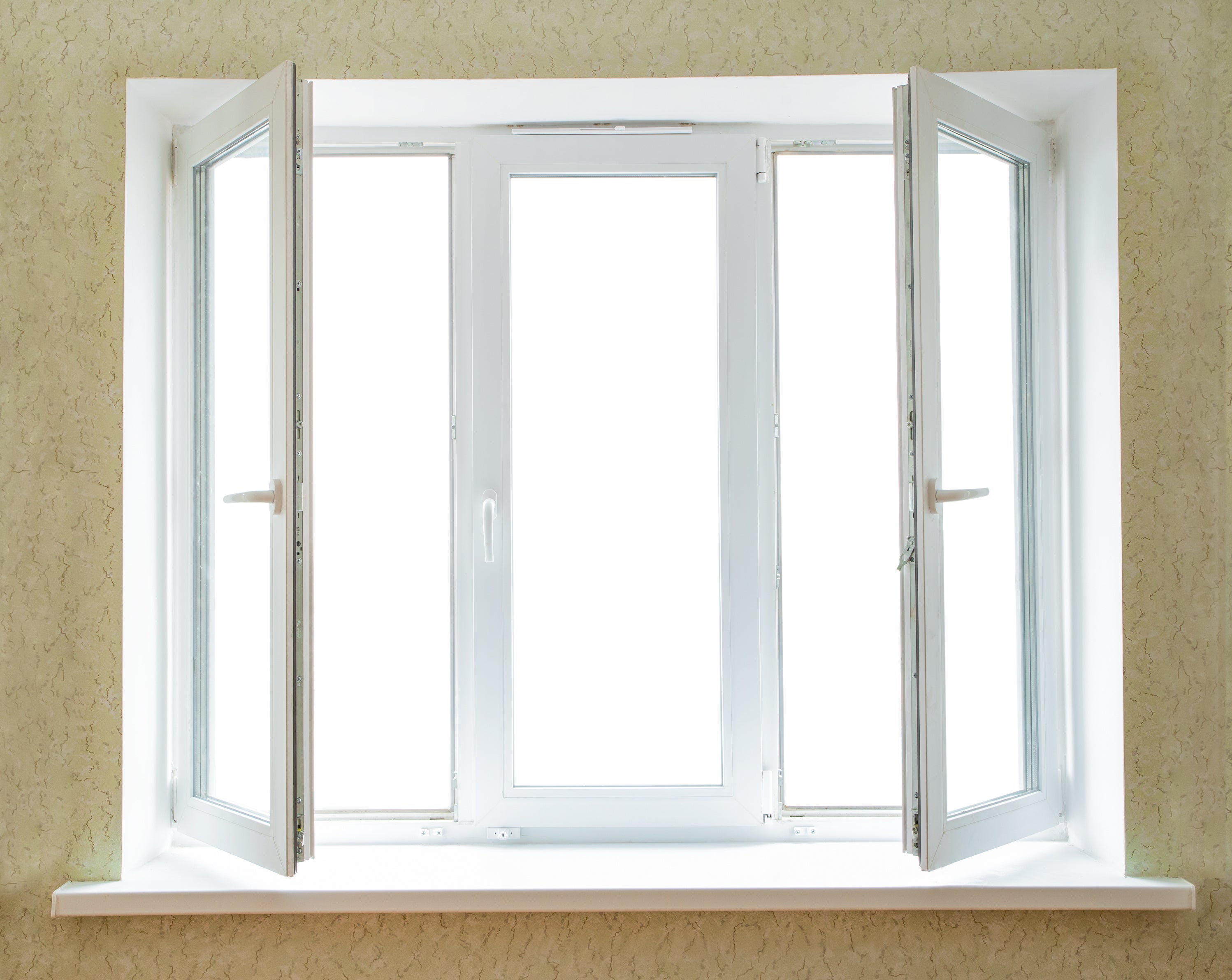
uPVC windows cost
Let’s start with the most common material, uPVC. It’s a type of plastic that is favoured as a building material because it doesn’t bend or deform easily, it is waterproof and requires no more than a clean every once in a while.
Like most plastics, it’s a byproduct of the oil industry. The frames are often made to measure in the UK, since standardised window sizes are not universal.
In the last few decades, the technology used to make them has also improved, meaning they fit better, last longer and insulate more effectively. They also come in more colours and finishes than before, so if you want to avoid white matte windows, read on.
The advantage of uPVC is in its price and low maintenance. You won’t need to revarnish and keep an eye on them as you would with timber windows and they cost less than aluminium, which can bend. A typical three-bedroom house can be double glazed for £4,500.
Pros:
- Loads of fitters to choose from and lots of competition. Some firms will only fit uPVC
- Easy to maintain
- Easy to repair
- Lots of options, including colour and finish
- Relatively cheap
Cons:
- With a lifespan of 20 or so years, they won’t last as long as aluminium or timber, although timber needs regular maintenance to outlast uPVC
- Less pleasing to the eye than wood
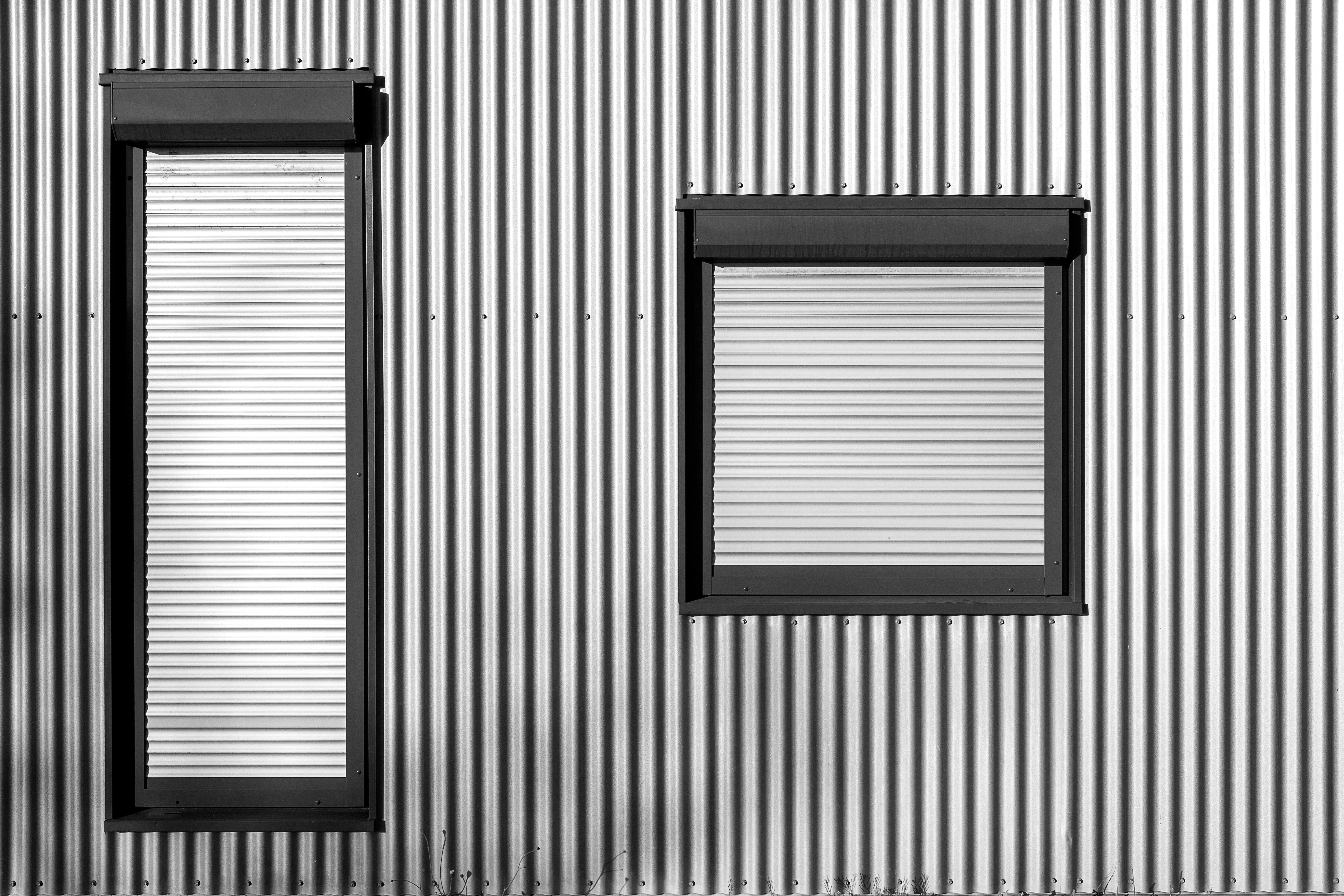
Aluminium windows cost
Aluminium is another option. It is a good choice if you want to spend a bit more to get more life out of your windows. If they are treated well, they will last up to 50 years.
The metal also doesn’t tarnish, and it takes paint well. But unlike timber and uPVC, it is a poor insulator and can conduct heat away, which makes it less energy efficient, and it can bend.
Aesthetically, aluminium frames can be thinner, meaning they’re lighter and have a more modern feel.
They could be for you if you don’t want the look of uPVC or the maintenance of wood, and like the thought of not having to think about your frames for a long time to come. The cost to fit a typical three-bed home can be double that of uPVC, with aluminium frames for £9,600.
Pros:
- Very long-lasting – 40 to 50 years
- Thin, rust-resistant frames
Cons:
- Not a natural insulator
- More expensive than uPVC

Timber windows cost
The third option is timber. It’s the most expensive of the three and requires the most maintenance. You should re-varnish your frames every two to three years to keep the wood in good condition. If you do, they can last 40 years.
This extra longevity can mean that in the long run, timber frames cost little more than uPVC. But this only works out if you are careful to maintain them, and it may not matter if you don’t have thousands of pounds to spare to buy them.
For some, timber is the only choice, perhaps because they are in a conservation zone, or because they love then look of them. A typical three-bed home will cost £14,000 to double glaze with timber frames.
Pros:
- Look good
- Last a long time if well maintained
Cons:
- Costly
- Need regular maintenance
How much do double glazed window styles cost?
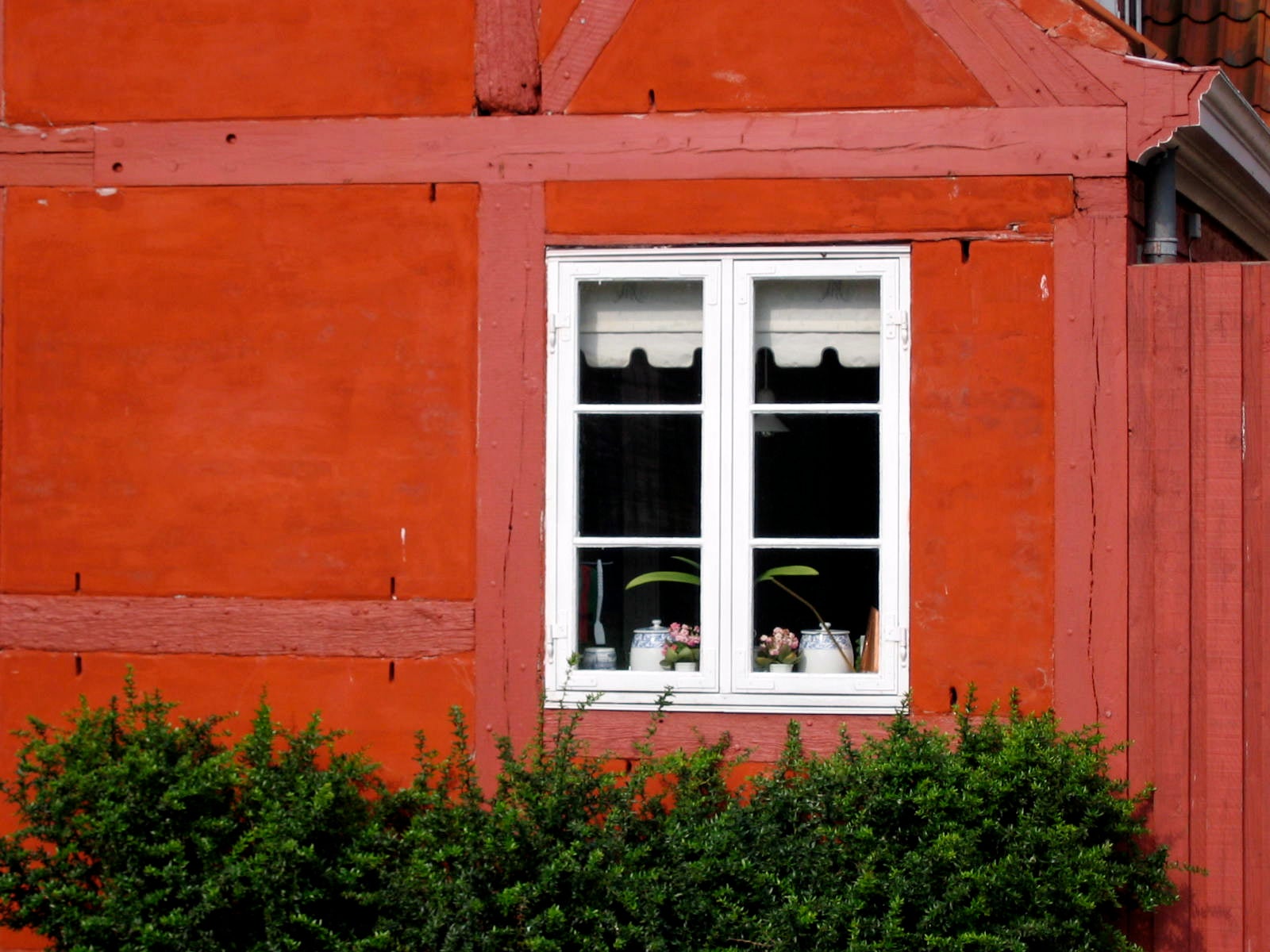
Casement windows cost
Casement windows are the standard for most homes, especially newer ones. They are your simple, hinged frames, which typically open outwards.
Our estimation of £4,500 to double-glaze an average three-bed home with uPVC frames was calculated with casement windows in mind. They are the cheapest and suit most homes.
They are affordable, look good and are functional, although if you want something different, they are not the best choice.
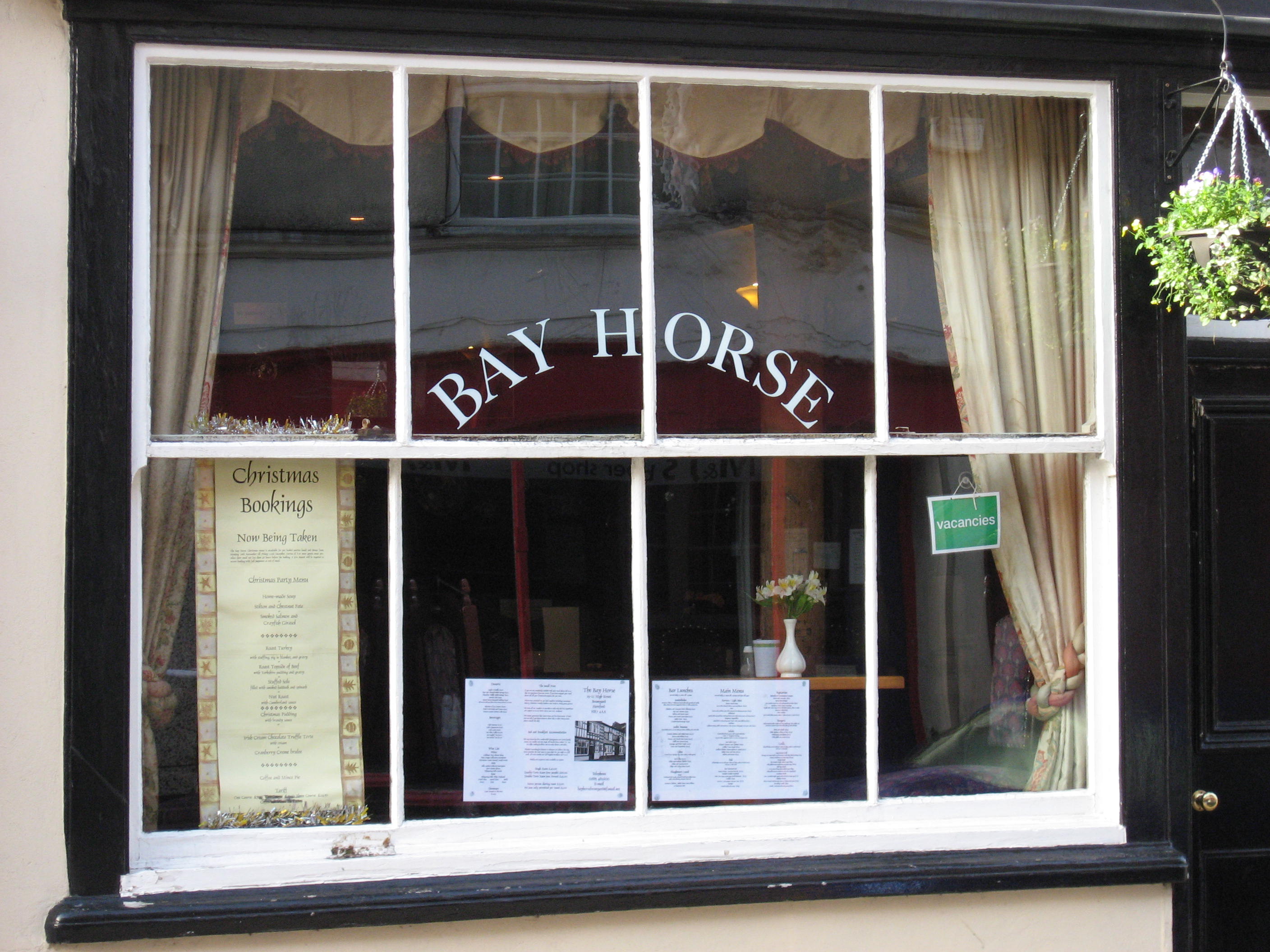
Sash windows cost
Sash windows slide up and down in place, rather than opening in or out. They have a long history in the UK and also in Holland, where they are common on period properties.
Traditionally, they are made of wood, but uPVC sash windows are also available. They often operate using weights to stop them from moving, which adds to their expense.
Fitting out a home with sash windows in uPVC will cost about £6,500, according to research by The Independent, while a fresh set of timber sash windows could cost you £18,000. Bear in mind, timber sash windows can be overhauled, which is considerably cheaper. It is possible, but unlikely, that you will need to replace every single window.
They are good-looking and practical windows, but they are expensive.
Tilt and turn windows cost
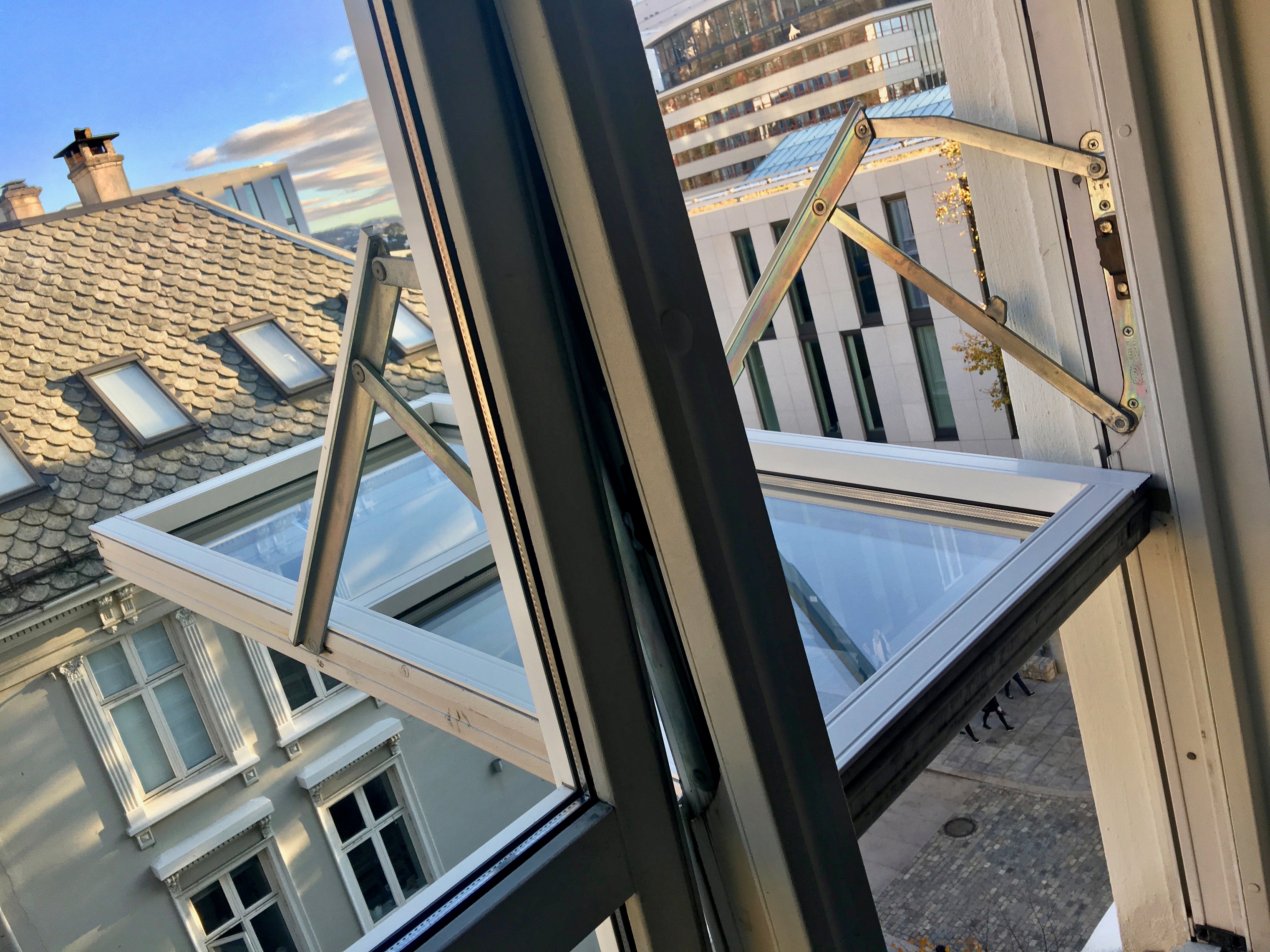
These models are the most adaptable frames, since you can open them in two different ways, typically hinged at the side like a casement window, and then also hinged at the bottom, to allow ventilation.
Unlike casement windows, they can also open inwards.
They are great if you want to make the best use of a balcony or other outside space, but they are mechanically more complex and so will require more maintenance.
If you want tilt and turn windows for the whole house, an average three-bed home will cost £5,900 in uPVC, £18,000 in timber and £12,000 in aluminium, assuming eight windows.
Bay windows cost
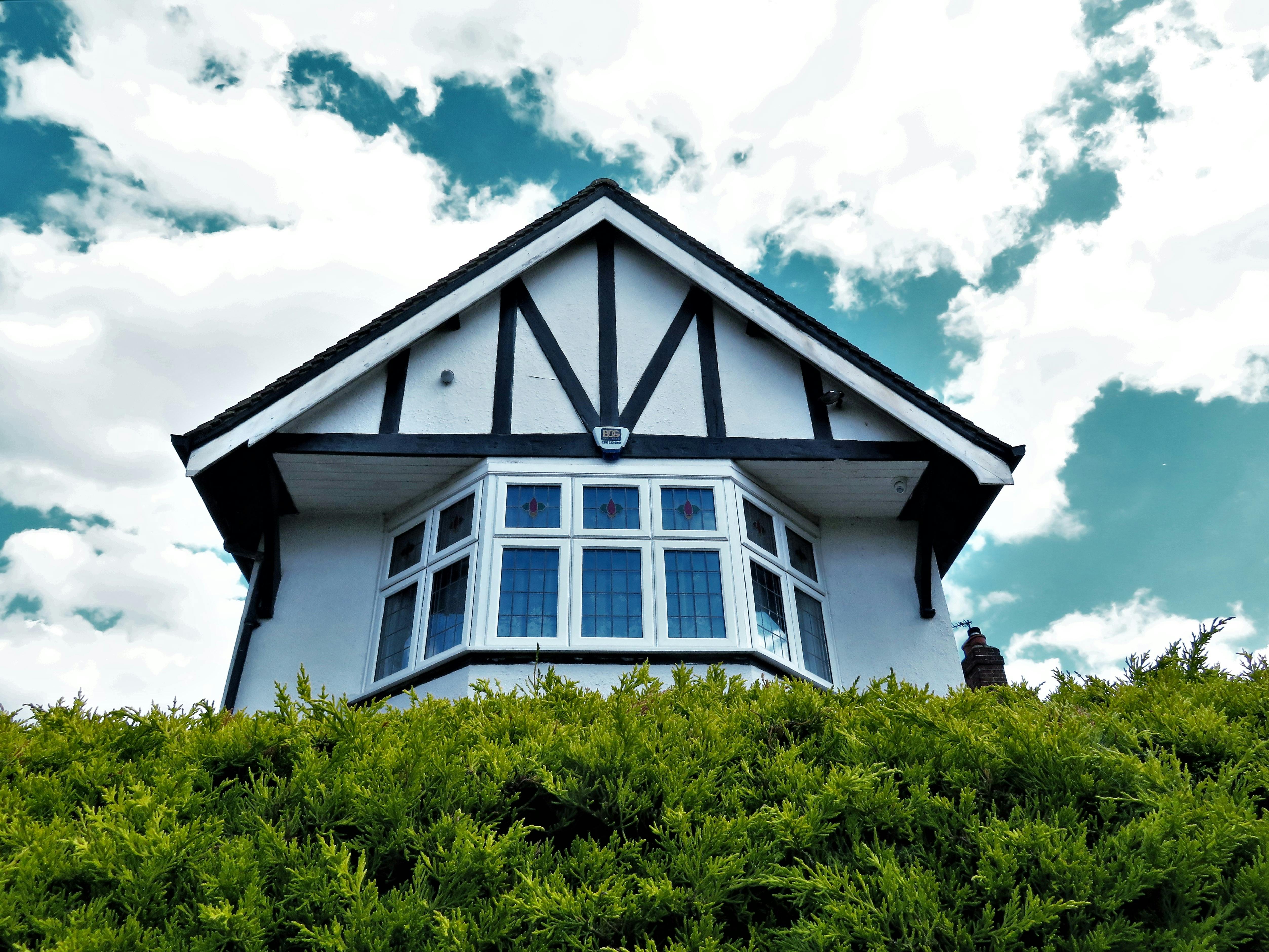
Bay windows are amongst the most expensive window options, but they can also be the most impressive.
They project from the home rather like a turret, and they can incorporate a seat on the inside, in order to take in the view or read by natural light.
Their expense comes mainly from the fact that they are really three windows in one – a facing pane, with one either side.
You probably either have a bay window to re-glaze or you don’t, but if you are having an extension added, or thinking about a more serious remodelling, they are a good choice for maximum light.
A well-made bay window will brighten up most homes whilst also keeping the heat in. You can opt for uPVC, wood or aluminium and each unit will cost on average £2,250, £6,700 and £4,500, respectively. It would be quite eccentric for every window in a home to be bay, hence why we have prices for individual units.
Bow windows cost
Similar to bay windows, bow windows follow a gentle curve rather than a boxy projection out from the house. They can be thought of as a little like a compromise between a bay window and a large casement model.
Sometimes called compass windows, they allow for more light and a better view. Some buyers prefer their arched layout over the boxier bay style.
Just like bay models, you can opt for uPVC, wood or aluminium, and each unit will cost on average £2,250, £6,700 and £4,500.
Should you choose single, double or triple glazing?
If you’re looking for new windows in the UK, you have three broad choices: single, double and triple-glazed.
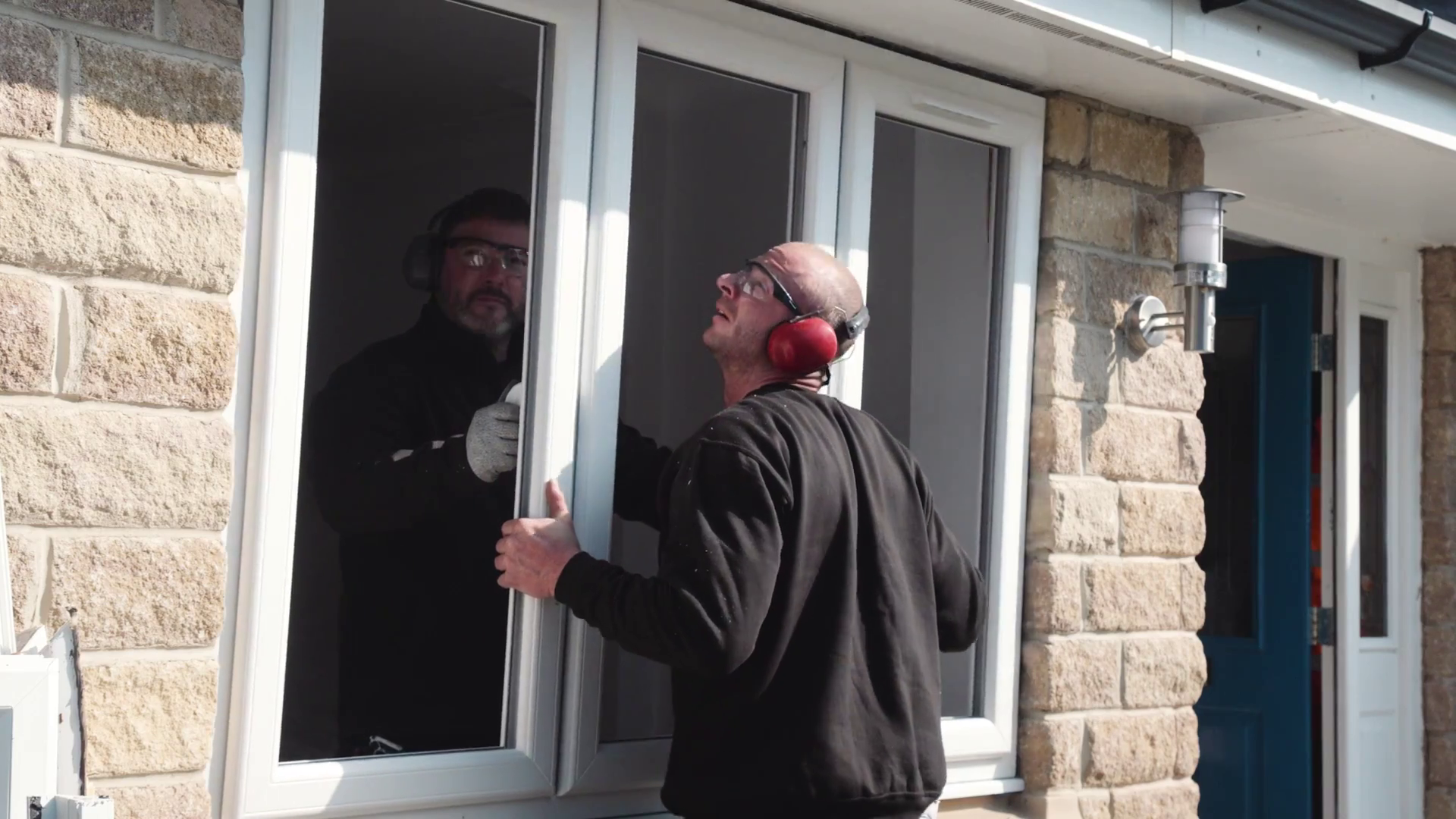
Double glazed windows
Unless you live in a listed building where consent from your local authority is needed, and unless you’re simply replacing a broken pane, getting double-glazed or better is probably worth the extra cost since the labour charge of fitting the windows is such a big part of the overall expense.
These economies of scale, where costs per window drop the more you buy, mean that replacing more than one window is also more cost-effective, if you can afford it.
Even if your home is listed, unless it has original glass or some other feature that must be preserved, it’s worth exploring whether you can replace your windows with double glazing.
Double glazing involves sandwiching an inert gas, often a noble gas like argon, between two panes of glass. The inert gas helps to stop heat from being transferred. Argon is also used in incandescent light bulbs. It’s non-toxic and fairly cheap.
Our pricing above – for instance £4,500 to double glaze the average three-bed house in uPVC – is based on double glazing.
Double and triple-glazed windows help reduce outside noise and keep the heat in. They also boost your Energy Performance Certificate (EPC) rating, which could help in selling your home when the time comes.
As with everything else, windows themselves and the labour costs to fit them have increased in recent years as energy prices have risen, making glass and other components more expensive.
Pros:
- Loads of styles
- Cost effective
- Insulates well
- Cuts noise
Cons:
- Not as good as triple glazing for noise and heat loss reduction
Triple glazed windows
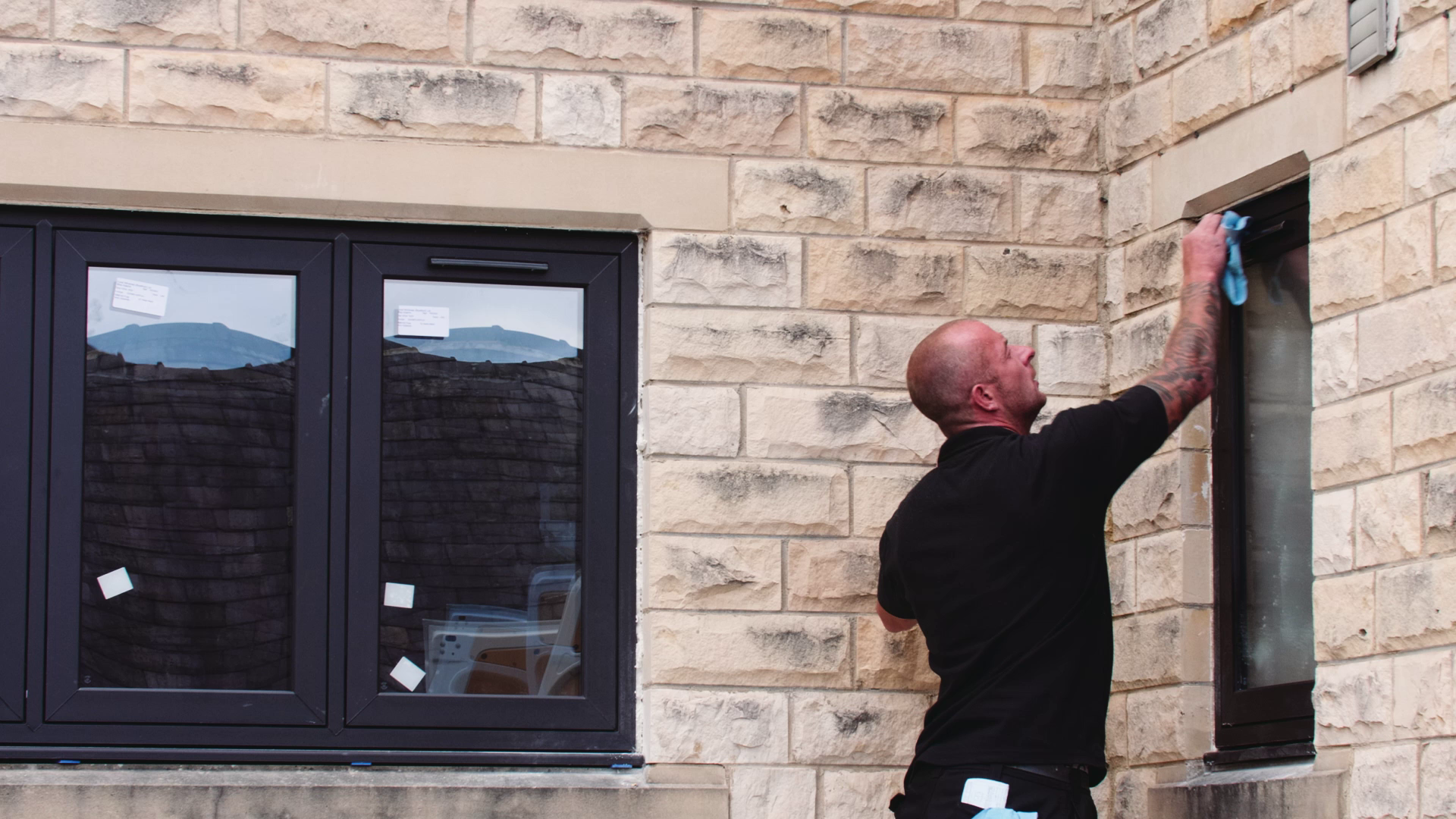
No prizes for guessing how triple glazed windows work. They make use of three panes of glass separated by two pockets of inert gas.
They retain even more heat. However, if you live somewhere where you get a lot of sun, for instance, a top-floor flat, this may not be completely desirable unless you also have air conditioning.
For many homes, especially those in windy locations or those on busy, noisy roads, they could be the best option. Expect to pay 15-30 percent more than for double glazing.
They are heavier and available in fewer styles. Finding triple glazed windows in timber and aluminium is difficult.
Pros:
- Even better insulation and soundproofing
Cons:
- More expensive than double glazing
- Fewer styles and materials available
Single glazed windows
Finding single glazed windows is increasingly hard. One reason for this is that much of the cost of a new set of windows is in the labour to fit them, the cost of the frames, transport and other costs. The glass itself is a comparatively small component.
This makes double glazing an obvious choice for most people as bills are cut, noise reduced and security improved.
Another reason is that the industry prefers to sell double glazing because it offers better margins. But competition has helped drive prices down, meaning that the price difference is now smaller than it was.
Most people who choose single glazing do so because they have to, perhaps because they live in a listed building or have some other restrictions they must follow.
It costs about 10-30 per cent less than double glazing.
Pros:
Cons:
- Less energy efficient
- Less choice
- Less noise protection
- Poorer security
What to look for in a double-glazed windows quote
Once you’ve decided to buy your windows, you’ll want to get a few quotes together. You can use our expert tool to get prices in your area.
Your quote will be influenced by a few different factors including: how many windows you want, thier shape and location, what materials you have chosen, and where you are in the country.
Windows will cost you more in London because the area commands higher wages for tradespeople, for instance.
Firstly, you will want to go through the quote with a fine-tooth comb. What have they included? Has anything been missed out? Is scaffolding in there? Do you need it? How long have they quoted for? Is that enough or too long?
Does the quote include the finish, colour, locks and handles you asked for?
If you have opted for in-house financing, which you should probably try to avoid since it will be more expensive than other loans, is the deal exactly as the salesperson described?
If there are any discrepancies between what you asked for and what’s in the quote, raise that now and use it as leverage for a discount. If the detail is not there, ask for it.
You will also want to check exactly what the guarantee covers so you can compare it to other deals.
How to get the best price for your new windows?
In a word, haggle. There are hundreds of window fitters in the UK and there will be dozens in your area. If you offend one by asking for a cheaper price, so what? Be bold.
Haggling is something of a lost art in the UK, since so much is bought online or in shops where no room for negotiation is allowed.
But for big purchases like cars, homes, windows and renovations, it can save you thousands of pounds.
The key thing is to understand your own priorities and those of the fitter.
Perhaps you are in no hurry and the fitter has a load of other jobs to do first, but they would value a pipeline of work. That could mean you can negotiate a discount because you can guarantee the fitter future work, something which will give them some breathing room.
Perhaps you are willing to take their financing, which is often very lucrative for the fitting company, but you insist on a very steep discount to do so.
Perhaps they’ll add a new door at half price if you’re having five windows done, for example, or maybe you’ll give your business to their competitors if they don’t.
Don’t be afraid to ask for discounts beyond any offered upfront. It may be their summer sale, but there’s often room to negotiate the price down a little further.
And don’t be pressured into accepting deals on the same day they’re offered. This is a ploy to keep you from shopping around for quotes from other firms.
You won’t find pricing on most double glazing companies’ websites. That’s because they’re flexible.
For the big-name fitters, operating nationally, you should aim to get a chucky percentage off the price you are shown. Don’t be surprised to be told that £9,000 rather than £4,500 is a fair price to fit the eight uPVC windows that a standard three-bed house has.
The salesperson is there to get the best commission. You are armed with our research to get the best price. The £4,500 figure still allows them a decent profit margin, it’s just that they may have to forgo a new Ferrari this year.
What are the signs I should replace my windows?

Here are some of the signs you may need new windows:
- Condensation between panes
- Draughts
- Higher energy bills
- Increased noise
- Stiff openings
- Visible damage
- Not knowing the last time they were replaced
Can I get my double glazing fixed?
Checking your warranty, if you have one, should be your first port of call. If your windows are leaking, sticky, fogging up (especially between the glass panes) or letting draughts and noise in, it could mean they need repairing. If they’re in warranty, your fitter should be available to fix them. Otherwise, it’s worth getting a quote to see if they can be fixed more cheaply than a replacement, especially if it’s only one or two windows causing problems.
If these problems arise and your windows are 20 years old or more, it could be time for a fresh set.
How to pay for new windows
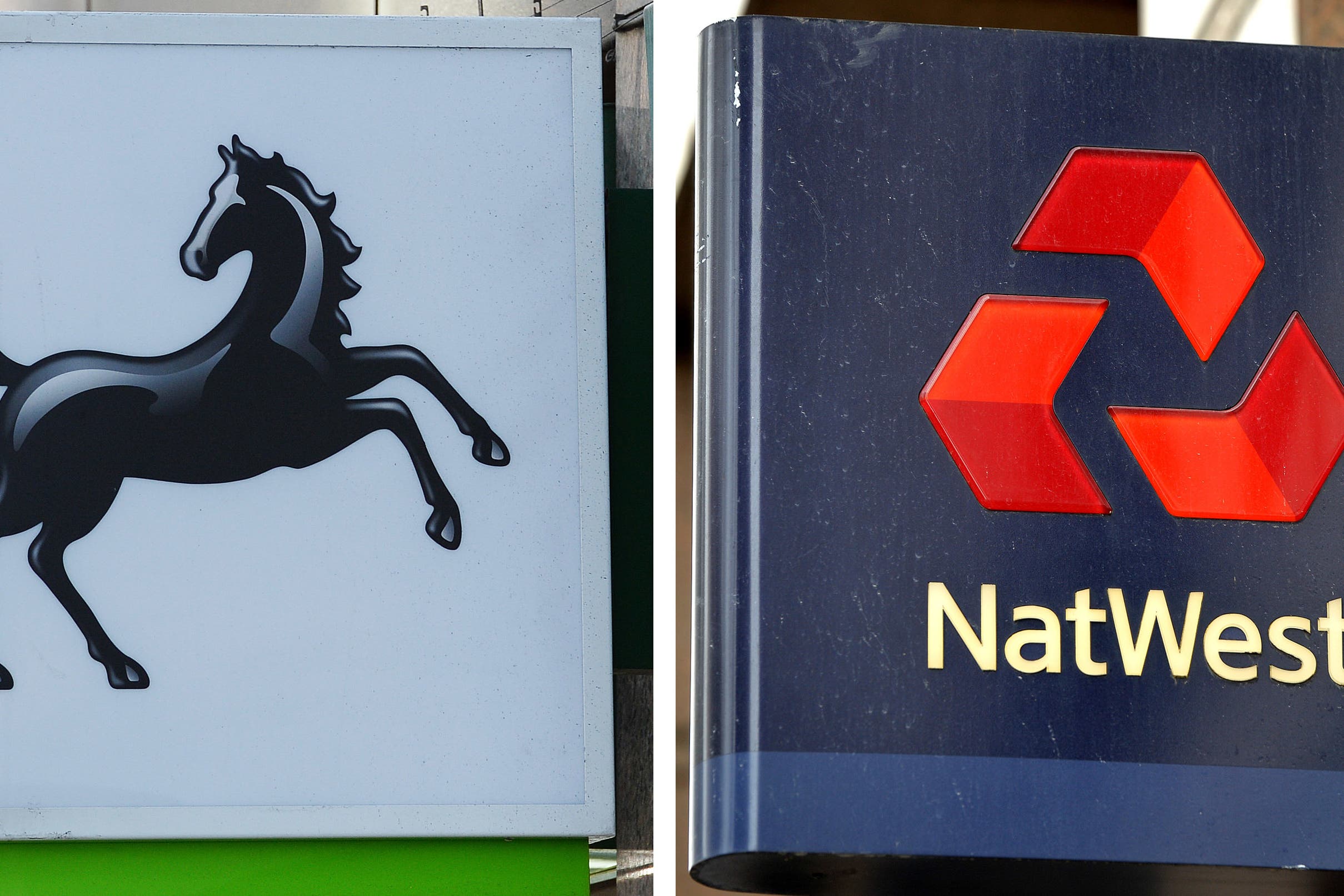
Try to pay in cash. Window fitters offer loans but they are expensive. The biggest national fitters Everest, Anglian and Safestyle offer 12.9 per cent from 36 months with deposits from £249 and most others offer similar terms.
Britannia Windows offers 12 months of buy now pay later at 0 per cent plus a £29 fee. Borrowing is 15.9 per cent if the bill is not paid after the first year. With a shorter three-month deferred payment, a lower rate of 11.9 per cent is offered.
Coral Windows offers interest-free payments if you can pay over 24 months and settle half the bill when the work is done. Other borrowing options start at 11.9 per cent.
A personal loan will be cheaper, with banks offering about 6-7 per cent a year. But if you can pay most or all of it in cash, you will be better off, as no savings account can offer rates like these.
How we made this guide
We spoke to customers and fitters across the UK, as well as insiders in the double glazing market to find you the average prices for windows of all styles.
They gave us tips on how to negotiate and save money and they told us never to say yes to the first quote you are offered.
Why trust us?
The Independent has been reporting on green energy and climate matters since it was founded in 1986. Since then, we have written hundreds of reviews and news stories on energy, including the best window fitters, the best window finance and various other guides on green power.
FAQs
How much will it cost to replace windows?
It depends, but roughly £4,500 for eight uPVC casement windows in an average three-bed house.
What are the cheapest windows?
The cheapest are uPVC casement windows, being the most common style in the cheapest material.
What is the cost of wooden windows?
Timber windows cost about three times as much as uPVC windows, but they can last twice as long if looked after properly.









 English (US) ·
English (US) ·